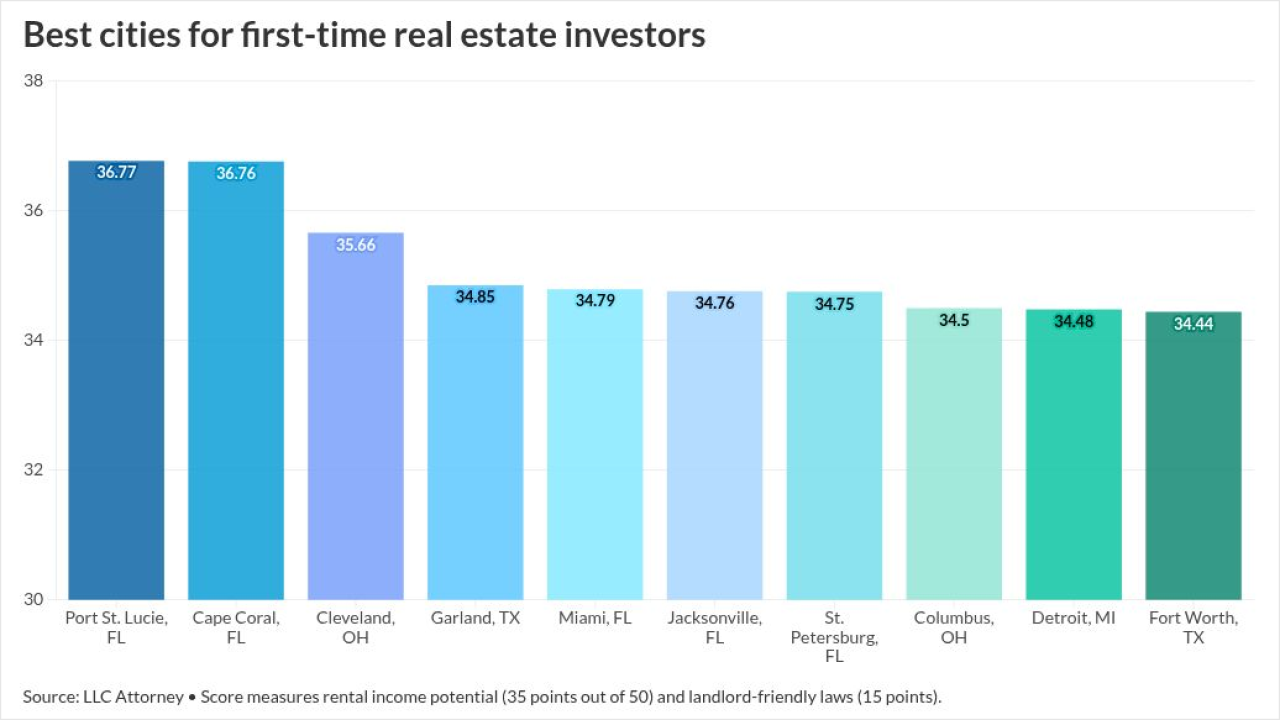Artificial intelligence is no longer a buzzword in mortgage lending — it's rapidly becoming central to how loans are originated. But while some lenders are racing ahead with aggressive AI strategies, others are still inching forward, slowed down by cost, caution or compliance questions.
Exclusive new research from National Mortgage News reveals just how uneven that adoption is — and how the choices lenders make today could shape their competitive edge, workforce and regulatory risks for years to come.
The NMN Emerging Tech and AI survey was fielded during June and July 2025 among 123 mortgage professionals from bank, credit union and nonbank mortgage originators. All respondents are involved in mortgage loan processes and technology decisions at their organization. Below are some of the findings from the survey.
Artificial intelligence: from fad to game-changing solution
No technology topic in recent history has dominated the public consciousness like artificial intelligence. Mortgage leaders are looking at its potential to
"Lenders are able to reach the level of skill they never imagined using AI," said Randy Lightbody, head of mortgage and employment, income and asset verification provider Truework. "They seem to look at it as the next frontier of innovation."
Still, the
How quickly are lenders adopting AI?
AI adoption is high, but the pace varies
A 59% majority share of lenders have already moved beyond dipping their toes into AI to full-blown steady adoption of the new technology, Arizent's survey data showed. Of that share, 17% said they were adopting it at a rapid and "aggressive" pace.
While lenders appear enthusiastic, available capital and resources may hold companies back
The ability to adopt AI quickly varied greatly based on company size. More than four-fifths, or 81%, of lenders originating more than 5,000 loans per year reported at least consistent AI adoption. The share shrank to a still-substantial 68% among companies with between 1,000 to 5,000 units produced annually.
READ MORE:
By comparison, less than 30% of lenders with fewer than 1,000 originations were able to take advantage of artificial intelligence at the same speed, but they are not avoiding it altogether either. Almost two-thirds, or 65%, said they were adopting it on a slow and deliberate basis.
Current rapid adoption at IMBs and banks also
Future regulatory outlook holds few concrete answers
Some approach AI growth with caution, but others see green light
Not everyone is fully onboard with agentic AI.
When anything as disruptive as artificial intelligence arrives, eyes turn to regulatory changes that might lie ahead. A new presidential administration in 2025, though, turned the conversation surrounding the
While the regulatory environment in Washington today contrasts sharply with the series of warnings and rules the CFPB issued during former President Biden's administration, it doesn't mean lenders and the technology providers serving them can throw compliance matters aside.
Even with easing federal oversight, 49% of respondents in Arizent's survey said they were planning to moderately or significantly slow AI implementation given the potential for new regulations – a prescient decision given that
High on the list of concerns are discriminatory practices and biases that many say could be unintentionally perpetuated through artificial intelligence. AI's quick rise has some turning to it without fully understanding how underlying models train the software, according to Matt Rider, former chief innovation officer at Wells Fargo Mortgage and a current industry technology consultant.
"Companies are trying to catch up, and in a lot of ways, they're using AI," Rider said.
With regulators examining how AI can drive decisions, "you need to worry about bias because it's prevalent, and it's really easy to code it into your models and your apps," he continued.
Although they may not be fully on top of every new technology development, lenders appear to be aware of some of the concerns of agentic AI as well. Approximately 77% feel agentic technology presents a moderate risk to operations, with 9% calling it significant.
Risk is a trademark of any potentially transformative technology, though, and many leaders are ready to adjust for it, Lightbody said.
Once they understand where AI shines and its limitations, "organizations can create the right controls to build that innovation into a business model without unacceptable risks to their compliance team," Lightbody added.
Check out our next release of research findings coming in the next few days, where we take a deep look at how lenders are using their origination systems.




